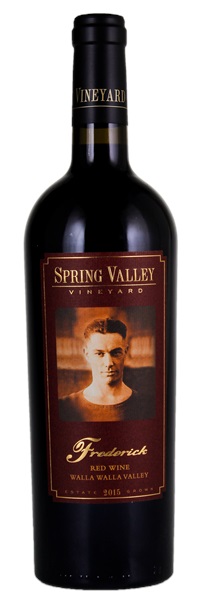Removed from a temperature and humidity controlled wine cellar; Purchased direct from winery; Consignor is original owner
Light label condition issue
Removed from a temperature and humidity controlled wine cellar; Purchased direct from winery; Consignor is original owner

Image above is an example. To view the image of the lot, click the item number.
Estimate
Impressively combines a firm, structured backbone with polished and expressive black cherry and dusky spice flavors that take on richness toward broad-shouldered but polished tannins.
...abundant dark cherries and red plums, as well as mulberries. The palate has very smoothly honed tannins and delivers a long, plush and approachable style.
...gives up slightly more intensity, with notions of cassis, cedary herbs, graphite, and bouquet garni...classic on the palate, with ripe tannins, a balanced, layered texture, and terrific length.
...offering up aromas of spicy berry fruit and a juicy, medium to full-bodied palate with an attractively textural attack, powdery structuring tannins and juicy acids.
Sweet dark red berries on the nose... Boasts very good energy...with its sweet berry and spice flavors lifted by a high note of licorice pastille...promising, with tongue-dusting tannins and noteworthy length.